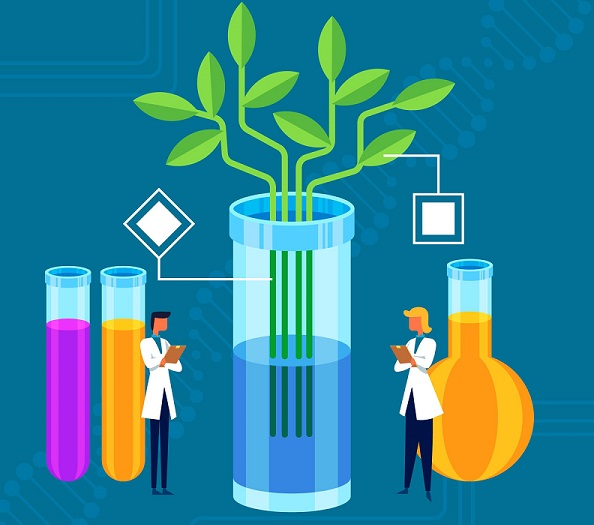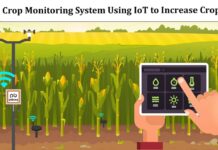
Although the agricultural industry may have begun on individual farms, it has become a thriving business. The challenges that plague individual farms have now become the challenges of the agrarian sector. One of the most consistent problems has been pest control. While pesticides – chemicals designed to kill pests – once comprised the majority of chemicals applied to crops and farm soil, pesticides are now one category of the substances referred to as agrochemicals.
Motivation for Agrochemical Development
The scope of the need for modern pesticides is difficult to fathom for non-farmers. According to pesticidefacts.com, edible crops must contend with 30,000 types of weeds, 3,000 types of worms, and 10,000 species of herbivorous insects. After harvest, crops remain at risk of being eaten by rodents, mold, and insects. With these consistent challenges and increased world hunger, farmers face an ongoing challenge to increase crop production.
In agrochemical development, many new subcategories of pesticides have been developed to diversify current pesticides to target specific species. We now have fungicides (kill fungi,) insecticides (kill insects,) herbicides (kill weeds and toxic plants), and nematocides (kill plant parasites.) Other new developments include synthetic fertilizers and growth boosters.
Benefits of Agrochemicals
As of 2012, the companies that produced agrochemicals had almost $9 billion in expenses. They aimed to combat the problems caused by the pesticides of the time. Improvements made by researchers have resulted in agrochemicals, which provide farmers with many benefits. These formulas kill the most destructive insects and pests, resulting in crop protection and the best possible crop quality.
Agrochemicals now include herbicides, which prevent the overgrowth of weeds. Herbicides can also halt potential damage to power lines from plants underneath them. Agrochemicals continue to serve as insecticides and are included in foods at legally permissible levels during the processing stage.
Management of Agrochemicals
The continued improvement in the development of agrochemicals has sparked the need for strategies to multiply the productive features of these agrochemicals while maintaining safety for the soil and crops. One group of researchers is looking for plant species that have yet to be targeted for protection to ensure their inclusion in a protectant program. These strategies are part of an effort by agricultural chemists to devise a list of Good Agricultural Practices and Maximum Residual Benefits for each crop.
In addition to improving the ability to protect crops, agrochemicals also can purify the soil and destroy any remnants of harmful chemicals. Efforts to publicize the uses and improvements in agrochemicals are also ongoing. The more consumers know about the efforts to effectively manage the effect of updated pesticides, the better they will feel about the foods they eat.
Other Challenges to the Agricultural Industry
Despite these advances in crop protection and soil development, data from the U.S. Department of Agriculture cited that in 2022, there were 200,000 fewer farms than in 2007. Not all areas of the country were depleted of farms. For example, agriculture remains Alabama’s largest industry, with 580,000 citizens working on farms. The reduced number of farms represents many larger farms, but the exit of so many farmers has put even more pressure on production on the farmers who remain.
Farmers must also protect their crops and livestock from more significant threats – such as predatory wild animals. Despite the smaller number of farmers, the larger farms have increased the need for secure fencing. According to Freedonia Market Research, the agricultural industry will continue expanding its increased fencing demand. Freedonia estimates that demand for fencing will rise almost 2% each year and reach over $2 billion by 2024.
Continued efforts are expected in this field, and the future will undoubtedly see an increase in agrochemical developments. Plants will see additional refinements in resisting pests, and pesticides will become more effective and safer. As the world changes, the agricultural industry – which will continue to serve the world – will also change.







